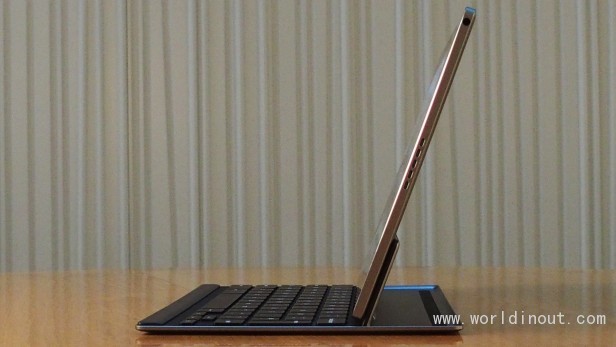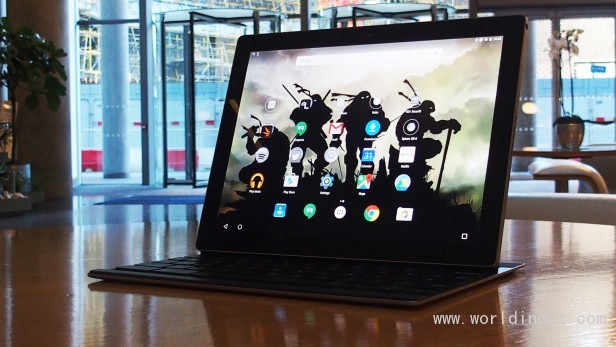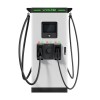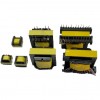Manufacturer: Google
What is the Google Pixel C?
Google’s touting the Pixel C as “the most advanced Android tablet” ever made, and for good reason. It features a wealth of top-end hardware, including a powerful Nvidia X1 CPU, ultra-sharp 10.2-inch screen, and a latch-free docking mechanism that connects the Pixel C to an optional keyboard cover.
However, with Apple’s iPad Pro and Microsoft’s Surface Pro 4 already jostling for prosumers’ interest, the Pixel C is facing pretty stiff competition.
Luckily, Google’s description is on the money, and the Pixel C is one of the best Android tablets I’ve ever seen, if not the best – at least from a hardware perspective.
Watch: 5 things you need to know about the Google Pixel C
Google Pixel C – Design
The Pixel C is one of a select few devices actually built by, rather than for, Google, following on from the firm’s previous Chromebook Pixel.
It aims to be “the ultimate Android tablet” for both work and play. Out of the box I can confirm it’s a big step up compared to the HTC-made Nexus 9 – Google’s other tablet. It’s got a minimalist metal frame, with the only real design feature being a light line along part of its back.
The tablet’s 517g weight means it’s fairly comfortable to hold and suitably satchel-friendly, although its front edges are a little sharper than I’d like.
The anodised aluminium used to build the Pixel C’s chassis also has a nice premium feel and left me suitably assured that it can survive the wear and tear expected of a daily-use tablet. Having accidentally dropped the Pixel C onto my flat’s hardwood floor I can personally attest to its durability. (Sorry, Google.)
image: http://img.worldinout.com/img/201512/15/104018434.jpg

Related: Best tablets 2015
My review unit came bundled with the optional keyboard, which you can pick up for £119. It connects to the tablet using a new magnetic docking mechanism that doesn’t feature any fiddly hooks or latches.
All you have to do is hold the bottom of the tablet close to the keyboard and the two will snap together. This would be great if from there you could type away to your heart’s content. Sadly that’s not the case. Instead you have to pair the tablet and keyboard using Bluetooth.
This isn’t a deal breaker – plenty of competing convertibles do exactly the same thing – but I’m a little sad that the docking mechanism isn’t as simple as the Surface Pro 4’s Type Cover or iPad Pro ones, which works the moment you attach them to the tablet.
The keyboard's occasional input lag, however, is a little harder to forgive. once in a while the keyboard would stutter and ignore certain key presses, making typing on it a frustrating experience.
Outside these instances, as Android tablet keyboards go, the Pixel C’s is very good. The keys feel a little squished together, though I don’t see how Google could avoid this happening when you consider the Pixel C’s 242 x 179 x 7mm dimensions. They also partially make up for their bunched-up layout by having great travel.
My only serious concern is that, like the iPad Pro's, the keyboard doesn’t have a trackpad. This is likely because Android doesn’t have inbuilt onscreen cursor support. The missing trackpad is an annoyance, as it makes certain tasks, such as word processing, a little cumbersome.
Related: Best Android tablets 2015
Google Pixel C – Display
The Pixel C comes loaded with a 10.2-inch display. This makes it one of the smaller convertible options on the market. The iPad Pro features a giant 12.9-inch screen, while the Surface Pro 4 packs a similarly large 12.3-inch display.
This may put off people looking for a bigger tablet, but again reinforces the Pixel C’s travel-friendliness.
When it comes to overall screen quality, the Pixel C is excellent. The 2560 x 1800 resolution gives it an impressive 308ppi (pixels per inch) density. This ensures icons and text on the screen are universally sharp and never difficult to read, despite the tablet’s compact dimensions.
image: http://img.worldinout.com/img/201512/15/104018764.jpg

Google claims the screen covers all of the sRGB colour gamut, and has a reported 500 nits maximum brightness. I’d take this claim with a pinch of salt – I’m yet to see an Android tablet cover 100% of the sRGB colour gamut. But my naked eye impressions are positive.
Colours on the Pixel C don’t look overcooked or too cool, as they do on many competing tablets. Viewing angles are also excellent and the tablet’s maximum brightness is dazzling – to the point that I had to set it to 60% to comfortably use it.
The screen does have a tendency to become reflective when hit by direct sunlight, but this is an issue on nearly all the tablets I review.









